- Home
- Machining techniques
- CNC Machining Services
- Cooperative supply services
- Designs
- Materials
- Finishing Services
- Shop
- Products
- Guide
- About Us
- Contact Us
2022.11.17
In the process of CNC machining aluminum, there are many causes for the deformation of aluminum parts, which are related to material, shape, cutters, machining process, and more. In this article, we are going to present some effective methods to prevent part deformation in aluminum machining.
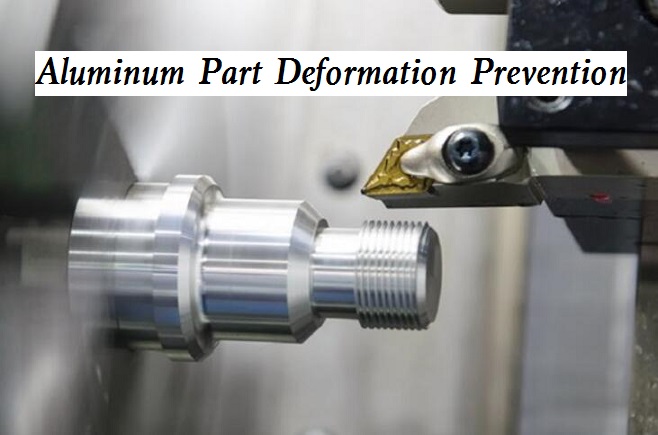
Here we found six types of ways to minimize the aluminum part deformation in CNC machining.
1. Reduce the internal stress of the blank
Natural or artificial aging and vibration treatment can partially eliminate the internal stress of the blank. Pre-processing is also an effective process. For large-sized blanks, due to the large margin, the deformation after processing is also large. If the surplus part of the blank is processed in advance and the allowance of each part is reduced, not only can the deformation of the subsequent process be reduced, but also a part of the internal stress can be released after the pre-processing is placed for a period of time.
2. Improve the cutting ability of the tool
The material and geometric parameters of the tool have an important influence on the cutting force and cutting heat. The correct selection of the tool is crucial to reduce the machining deformation of the part.
– Front angle: The front corner must be configured correctly to maintain the blade strength, otherwise the sharp edge will be worn. Setting the front angle correctly can also reduce cutting deformation, ensure smooth chip removal, and reduce cutting force and cutting temperature. Do not use negative rake tools.
– Rear angle: In rough milling, large feed speed, large cutting load, and large heat mean that the tool must consider heat dissipation. Therefore, the rear corner should be smaller. However, in precision milling, sharp edges are required to reduce friction between the side and the machined surface and reduce elastic deformation. In these cases, the rear corner should be larger.
– Helix angle: In order to stabilize milling and reduce milling force, the helix angle should be as large as possible.
– Main deflection angle: properly reducing the main deflection angle can improve heat dissipation and reduce the average temperature of the processing area.
– Reduce the number of milling cutter teeth and increase the chip space. Due to the large plasticity of aluminum materials and the large cutting deformation during processing, a large chip holding space is required, so the radius of the bottom of the chip holding groove should be larger and the number of milling cutter teeth should be less.
– Grinding cutter teeth precisely. The roughness of the cutting edge of the cutter teeth should be less than Ra=0.4um. Before using a new tool, grind it before and after the cutter teeth to eliminate the remaining burrs and slight serrations when sharpening the cutter teeth. In this way, cutting heat can be reduced, and cutting deformation is relatively small.
– Strict control of the tool wear. After tool wear, the workpiece surface roughness value increases, the cutting temperature rises, and the workpiece deformation increases. Therefore, in addition to selecting tool materials with good wear resistance, the tool wear standard should not be greater than 0.2mm, otherwise, chip accretion is likely to occur. During cutting, the temperature of the workpiece shall not exceed 100 ℃ to prevent deformation.
3. Improve the clamping of workpieces
For thin-walled aluminum workpieces with poor rigidity, the following clamping methods can be used to reduce deformation:
– For thin-walled bushing parts, if the three-jaw self-centering chuck or spring chuck is used for clamping from the radial direction, once loosened after processing, the workpiece will inevitably deform. At this time, the method of axial end face clamping with better rigidity should be used. Locate the inner hole of the part, make a threaded threading spindle, insert it into the inner hole of the part, and use a cover plate to compress the end face and then back tighten the nut. When machining the excircle, the clamping deformation can be avoided, thus obtaining satisfactory machining accuracy.
– When machining thin-walled sheet workpieces, it is better to select vacuum suction cups to obtain evenly distributed clamping force, and then use smaller cutting parameters to process, which can well prevent workpiece deformation.
4. Use appropriate machining methods
– For parts with large machining allowance, in order to have better heat dissipation conditions and avoid heat concentration during machining, symmetric machining should be adopted.
– If there are multiple cavities on the sheet part, the stratified machining should be adopted in layers. Each layer should be processed to all cavities at the same time as far as possible, and then the next layer should be processed to make the parts bear uniform force and reduce deformation.
5. Change cutting parameters
Among the three elements of cutting parameters, the back cut has a great influence on the cutting force. If the machining allowance is too large, the cutting force of a tool path is too large, which will not only deform the parts but also affect the rigidity of the machine tool spindle and reduce the tool durability. If we reduce the depth of the back cut, we will greatly reduce production efficiency. Reduce the cutting depth, increase the feed and raise the cutting speed to reduce the cutting force and ensure efficiency.
6. Milling method
Rough machining emphasizes the improvement of efficiency and the pursuit of the removal rate in unit time. Generally, up milling can be used, through which the redundant materials on the blank surface are cut off at the fastest speed and in the shortest time to basically form the geometric contour required for finishing. Precision machining emphasizes high precision and high quality, so it is better to use down milling.
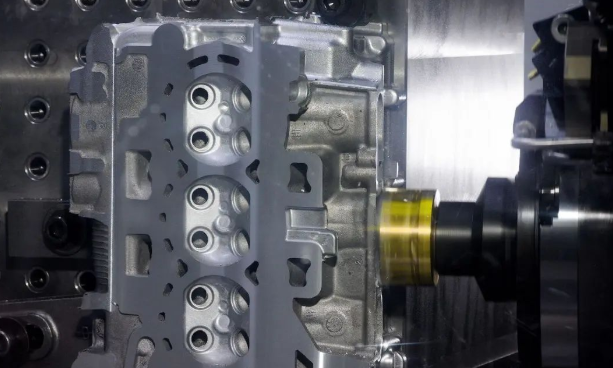 The Causes to Deformation and Surface Blackening of Aluminum Alloy Parts
The Causes to Deformation and Surface Blackening of Aluminum Alloy Parts
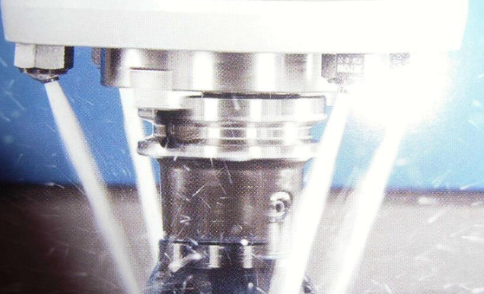 What Are The Factors Of Mechanical Parts Deformation During Machining?
What Are The Factors Of Mechanical Parts Deformation During Machining?
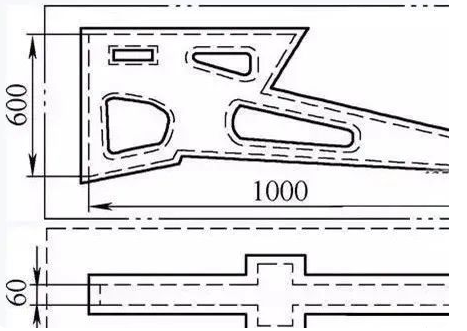 3 Process and 6 Options to Quickly Deal With the Deformation of Aluminum Alloy Parts
3 Process and 6 Options to Quickly Deal With the Deformation of Aluminum Alloy Parts
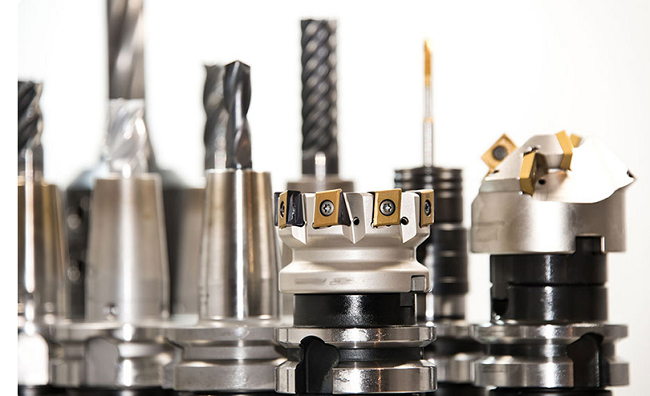 Top 12 CNC Machining & Programming Experiences | CNCLATHING
Top 12 CNC Machining & Programming Experiences | CNCLATHING
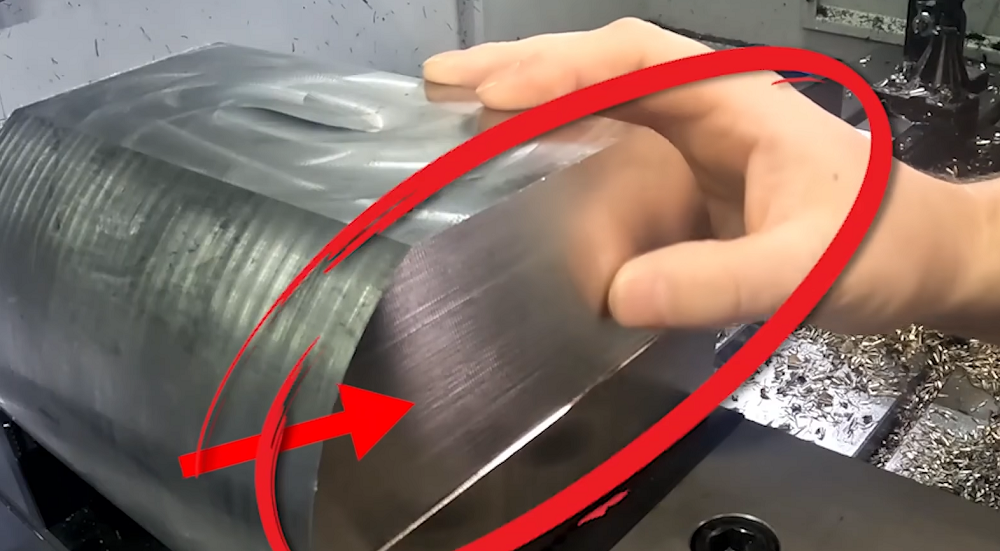 How To Reduce & Stop Chatter Vibration in CNC Milling/Turning/Drilling/Grinding Lathe?
How To Reduce & Stop Chatter Vibration in CNC Milling/Turning/Drilling/Grinding Lathe?
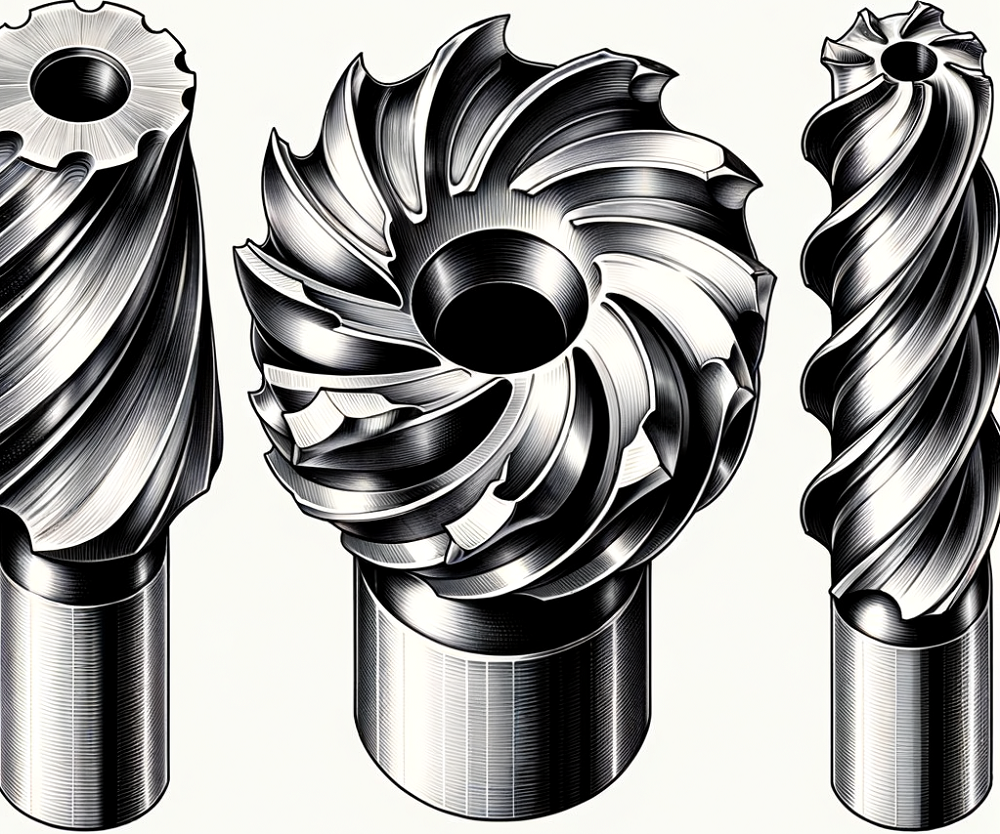 Face Mill vs Shell Mill vs End Mill Cutters: Differences & When To Use Each Milling Cutter?
Face Mill vs Shell Mill vs End Mill Cutters: Differences & When To Use Each Milling Cutter?
